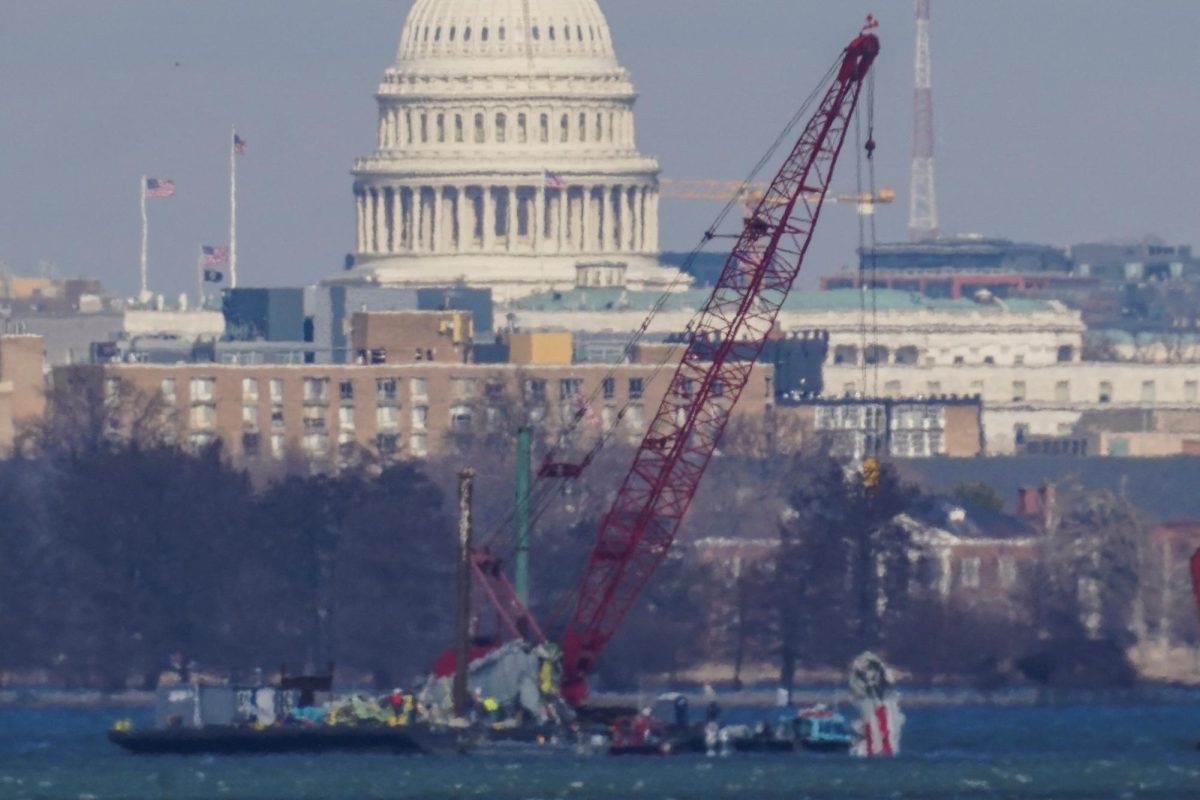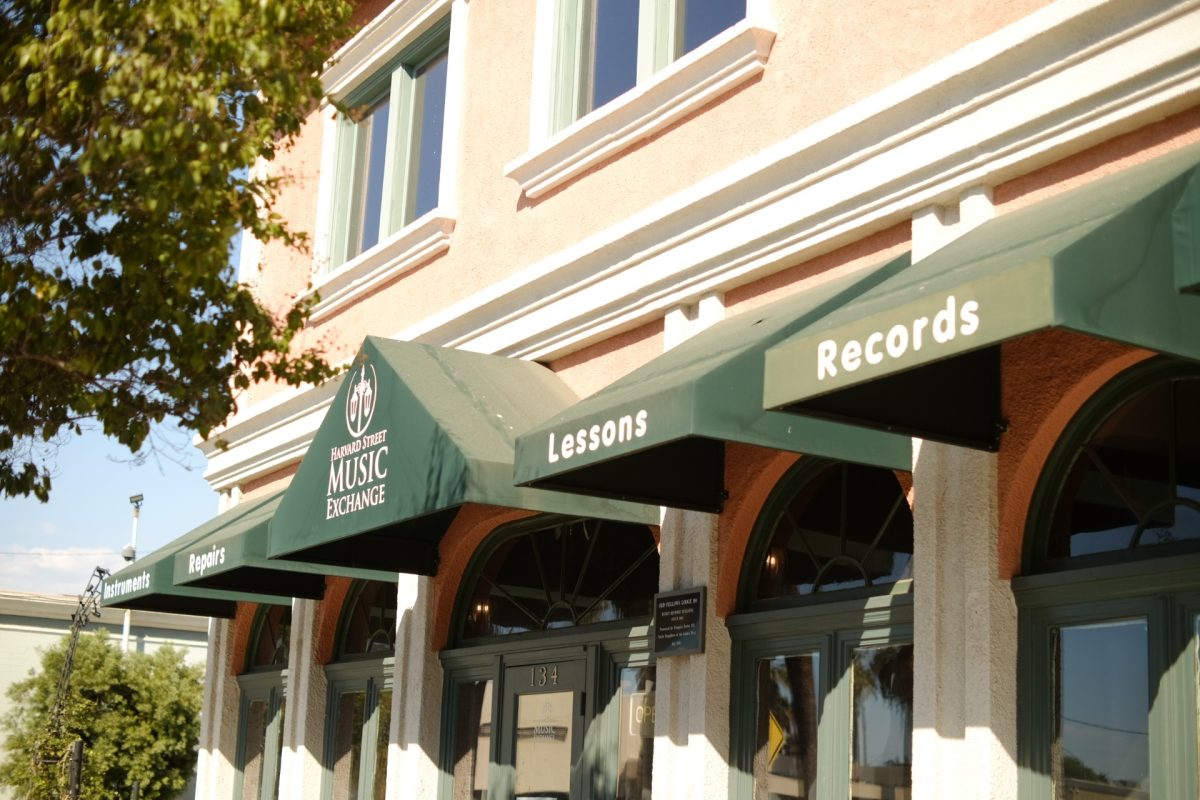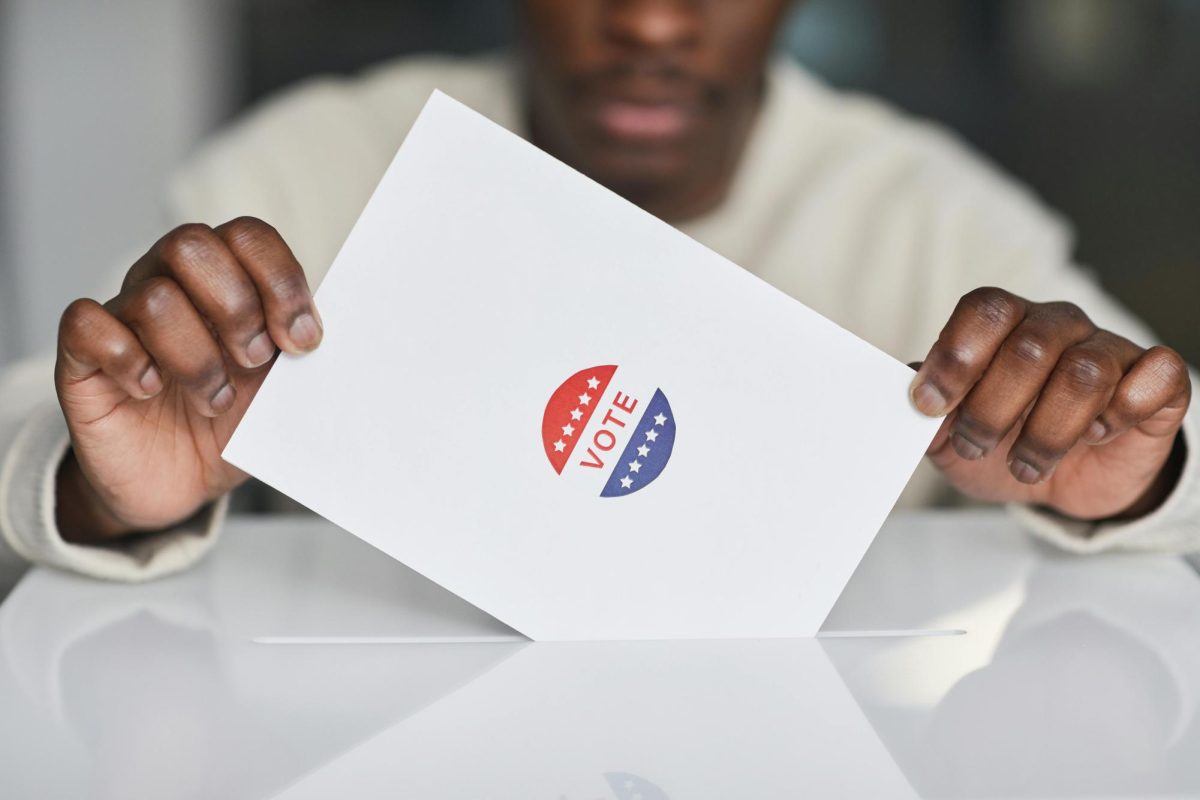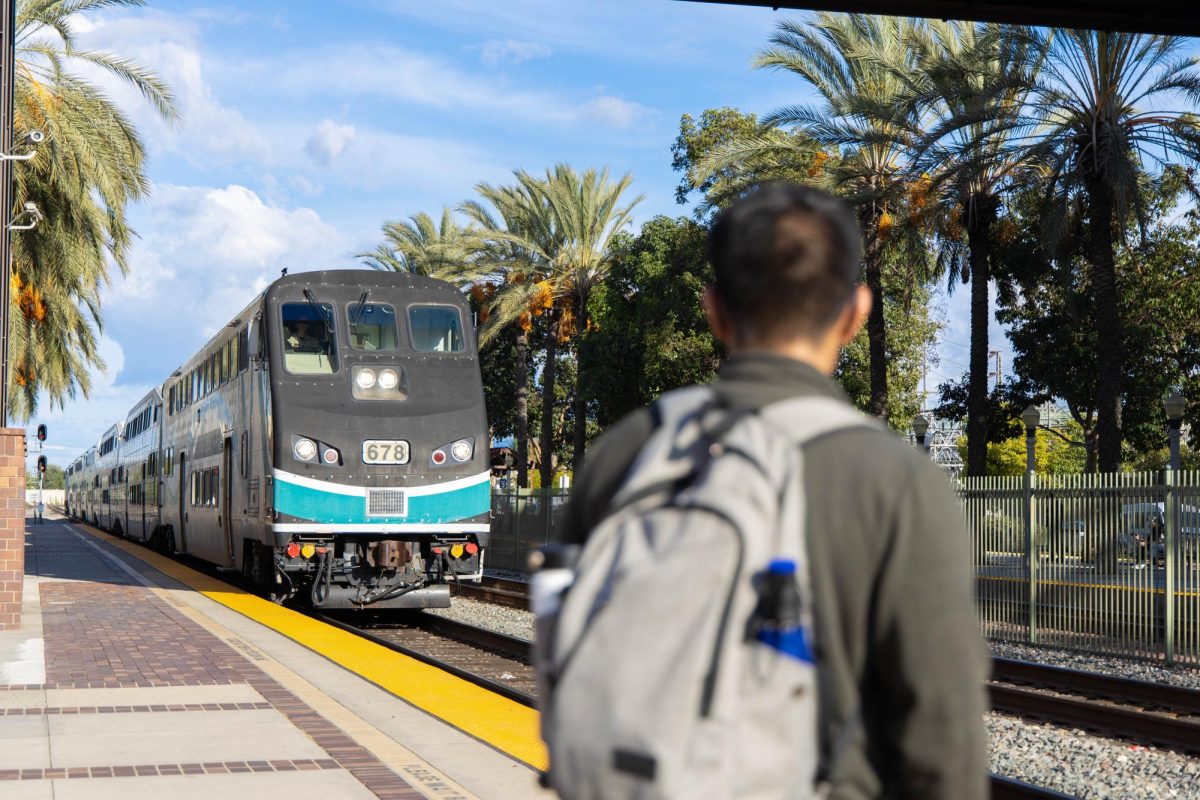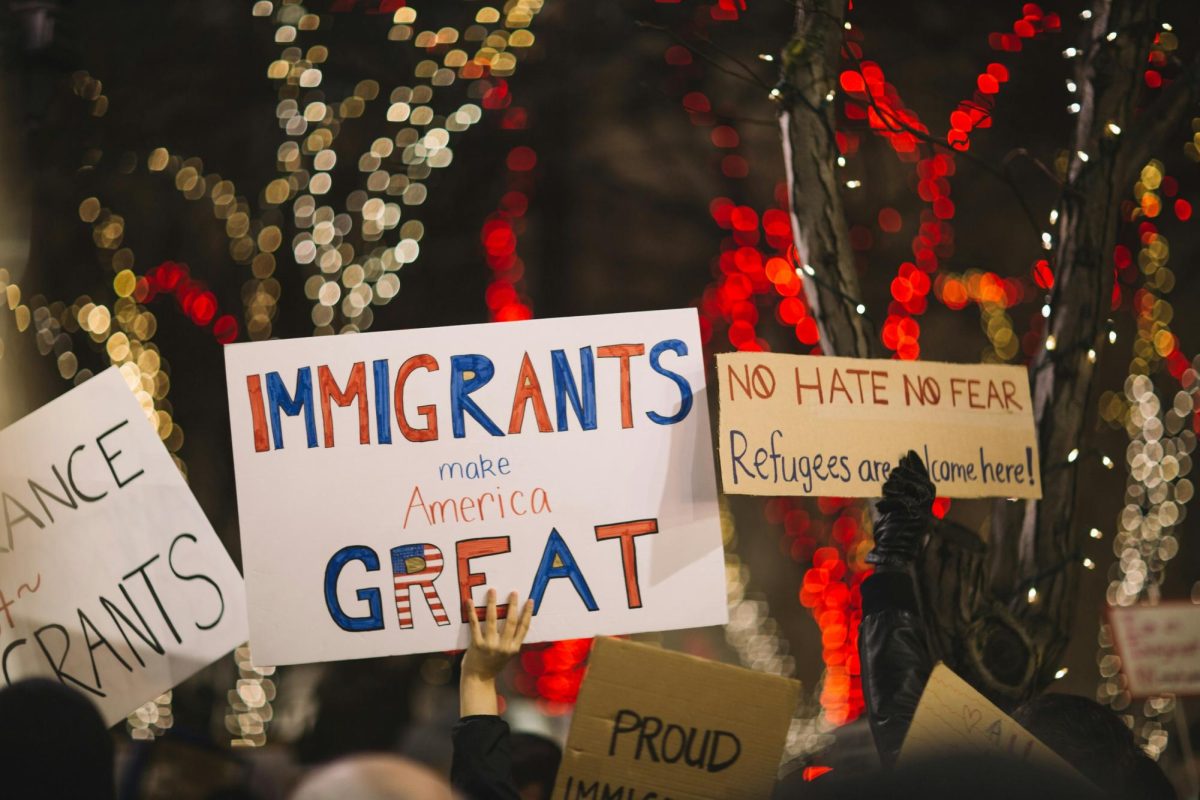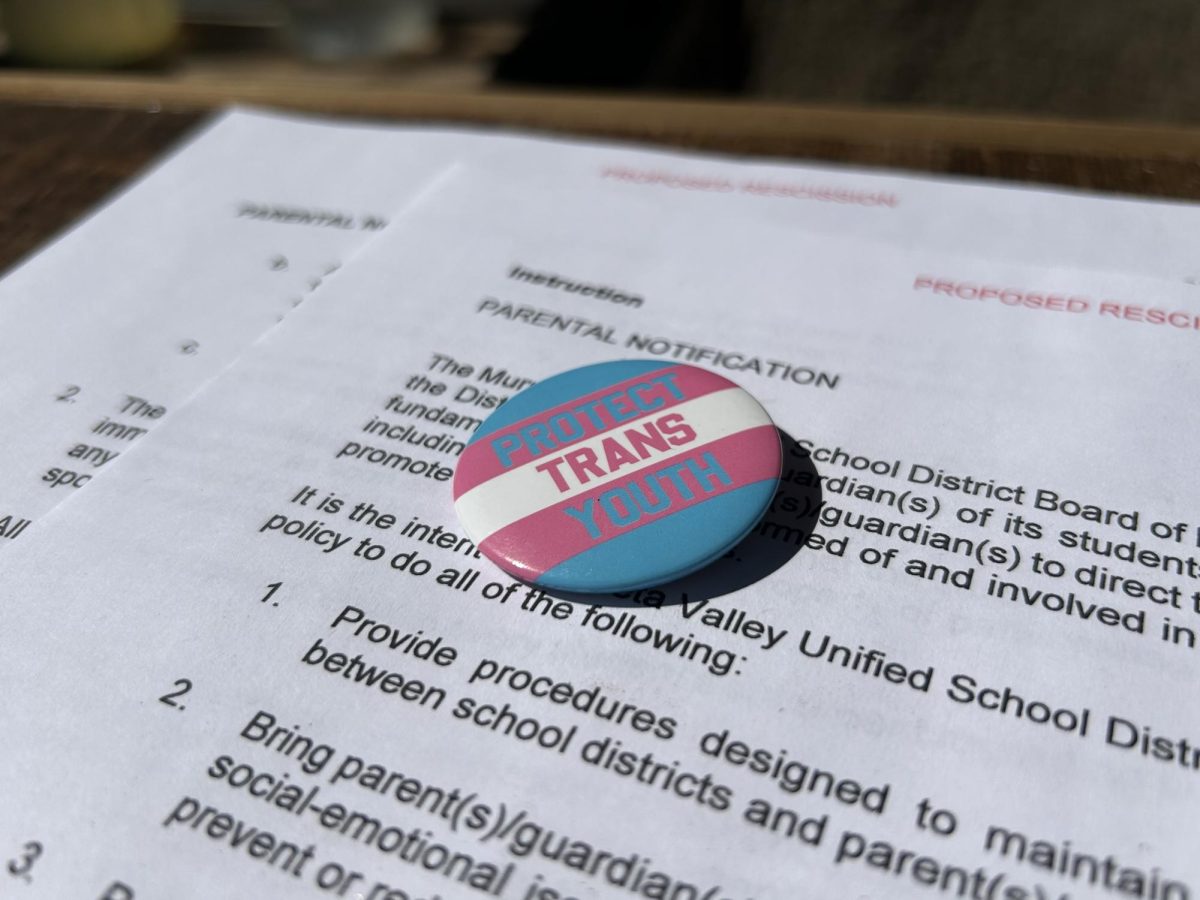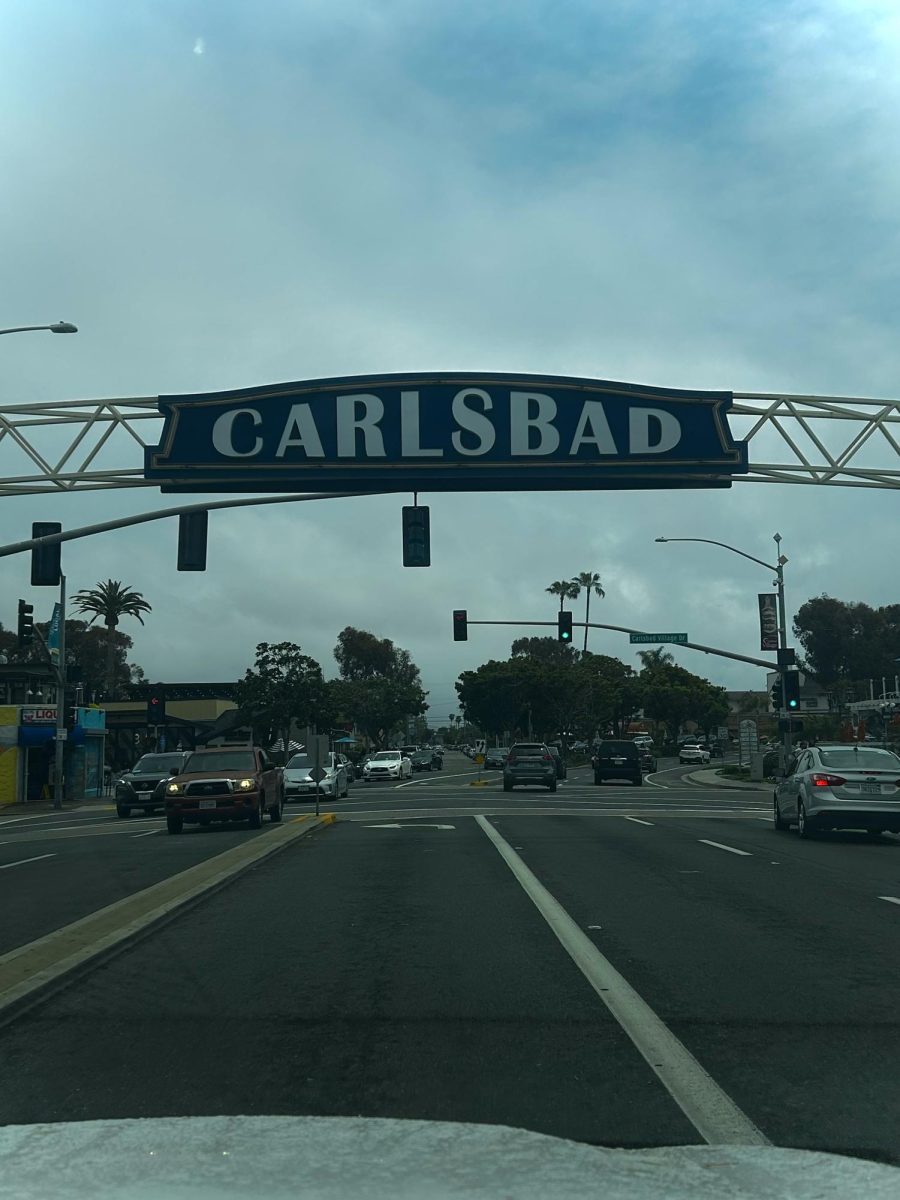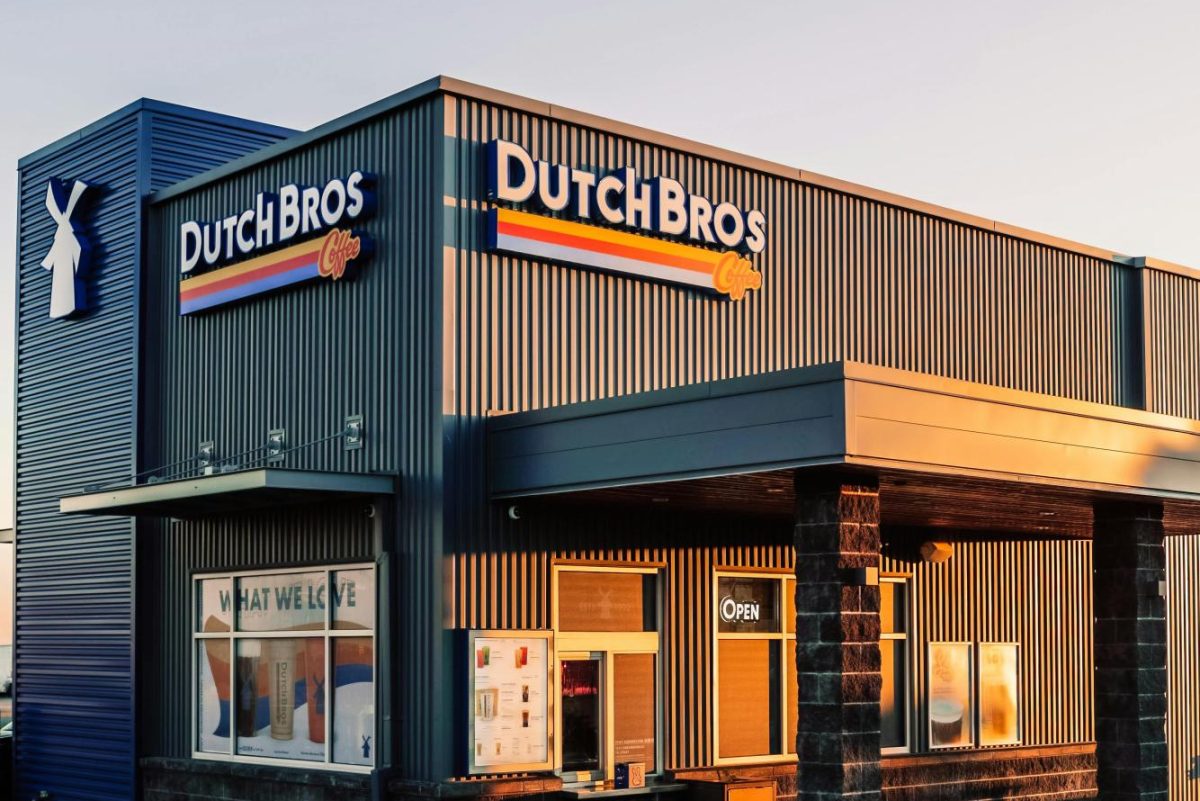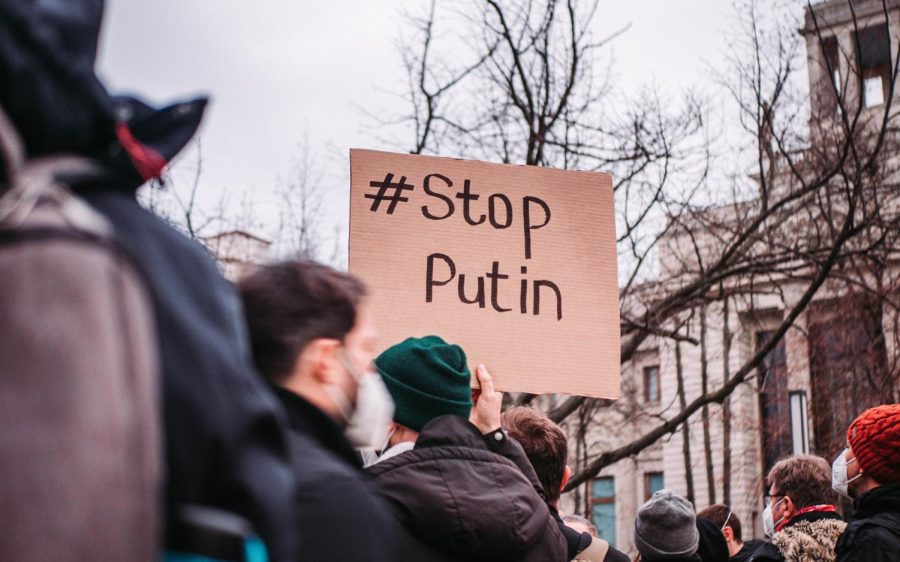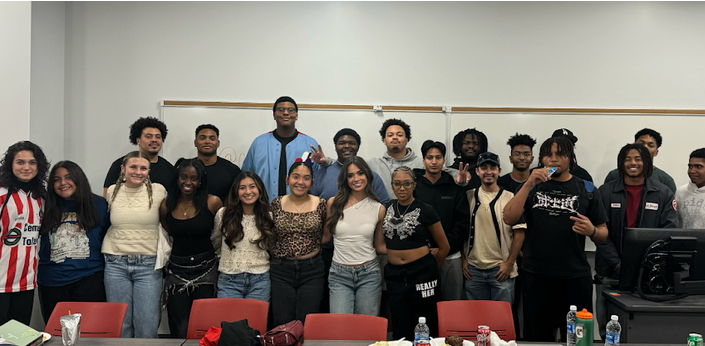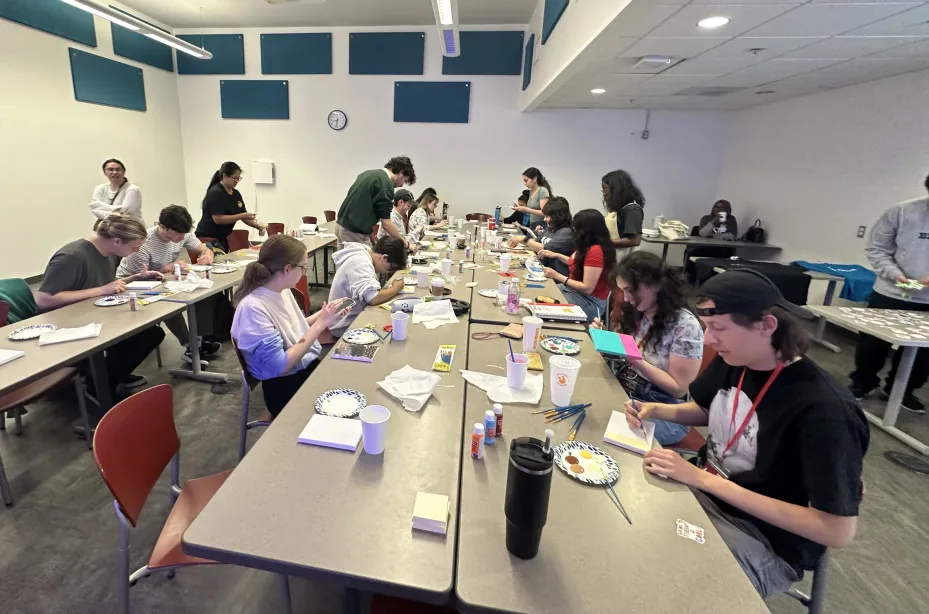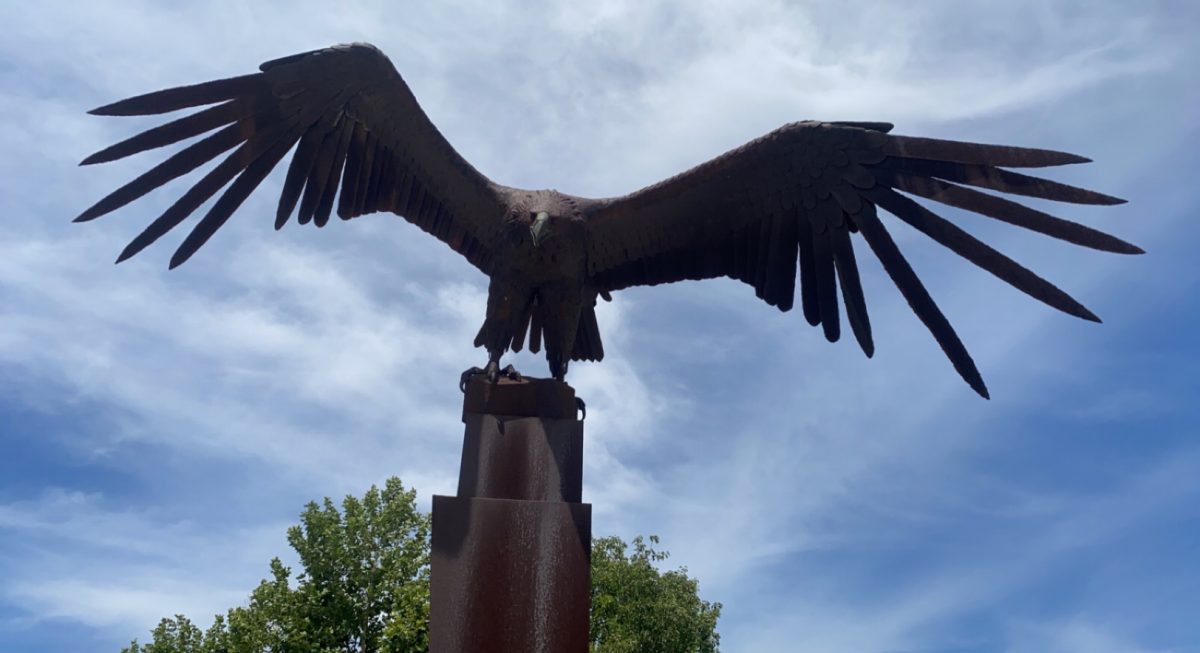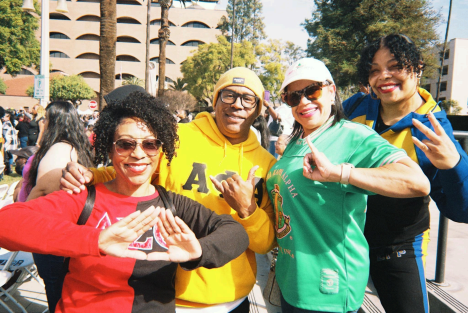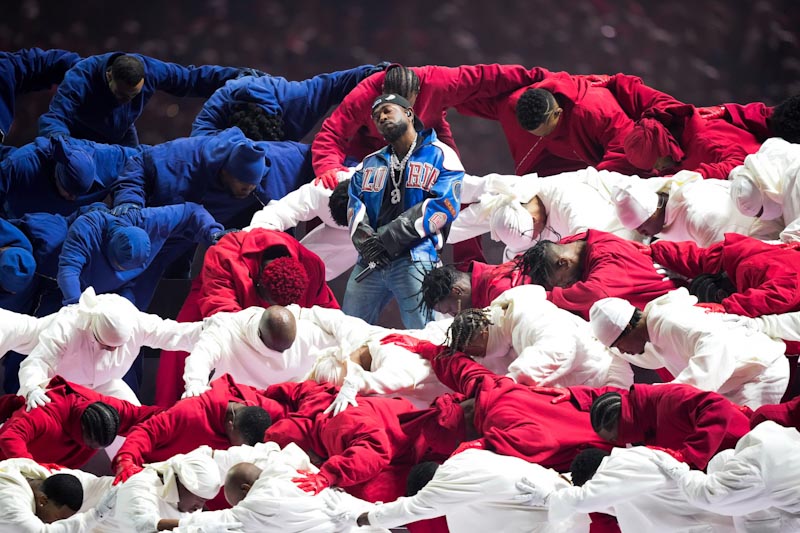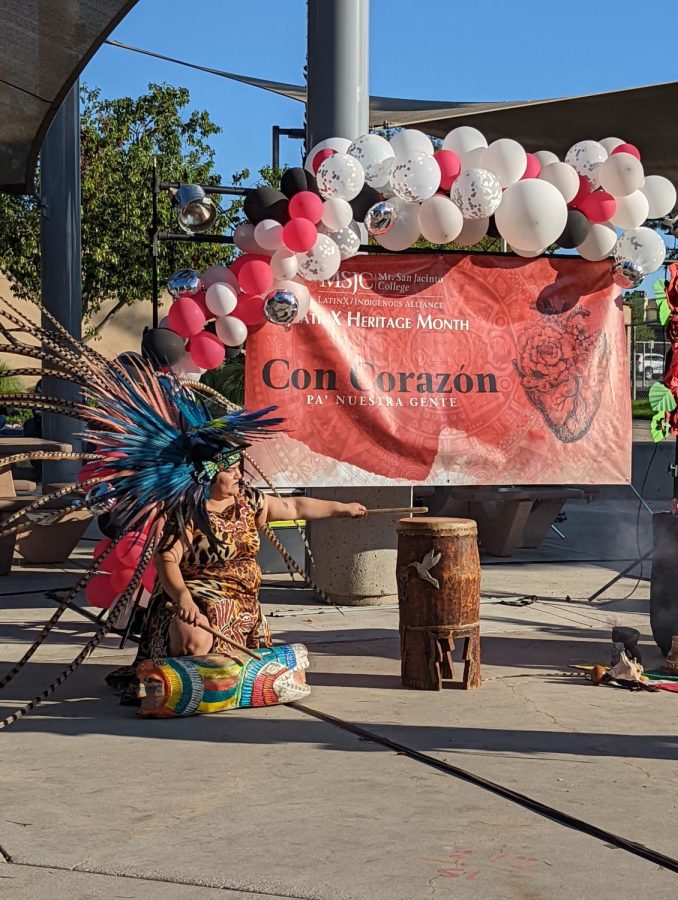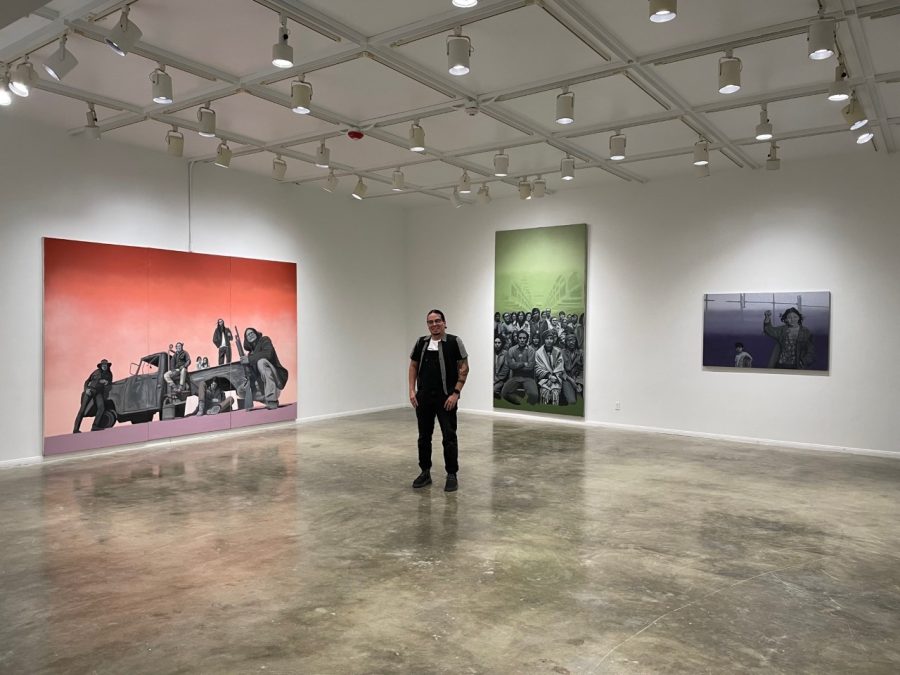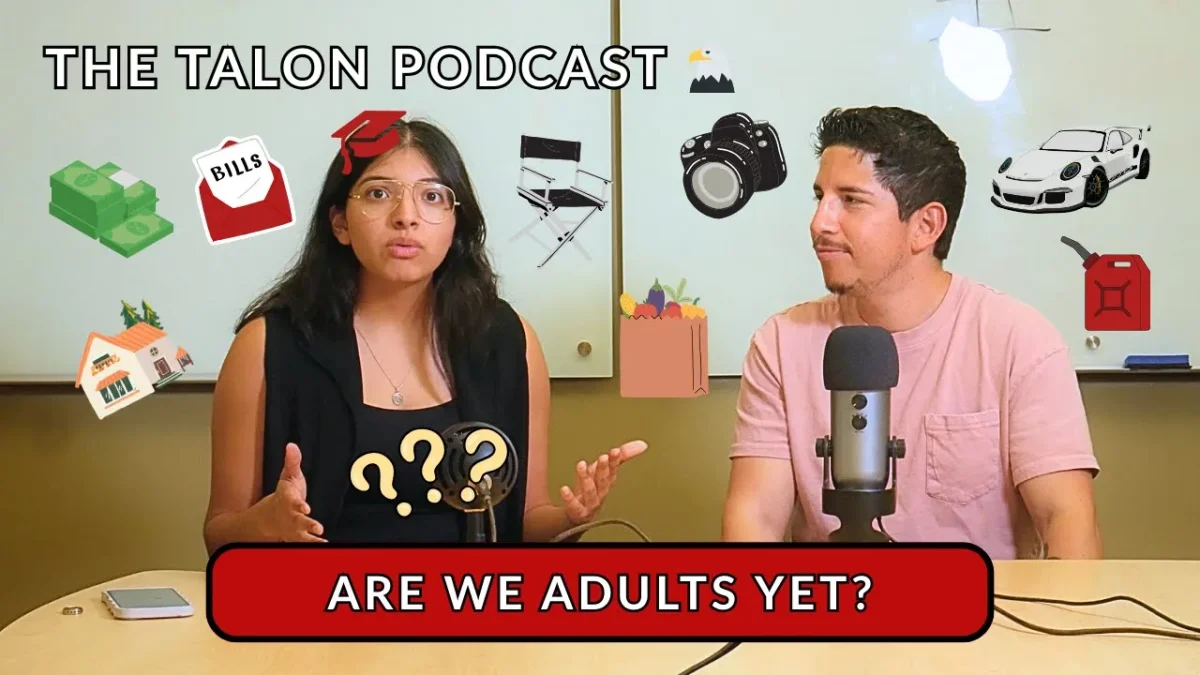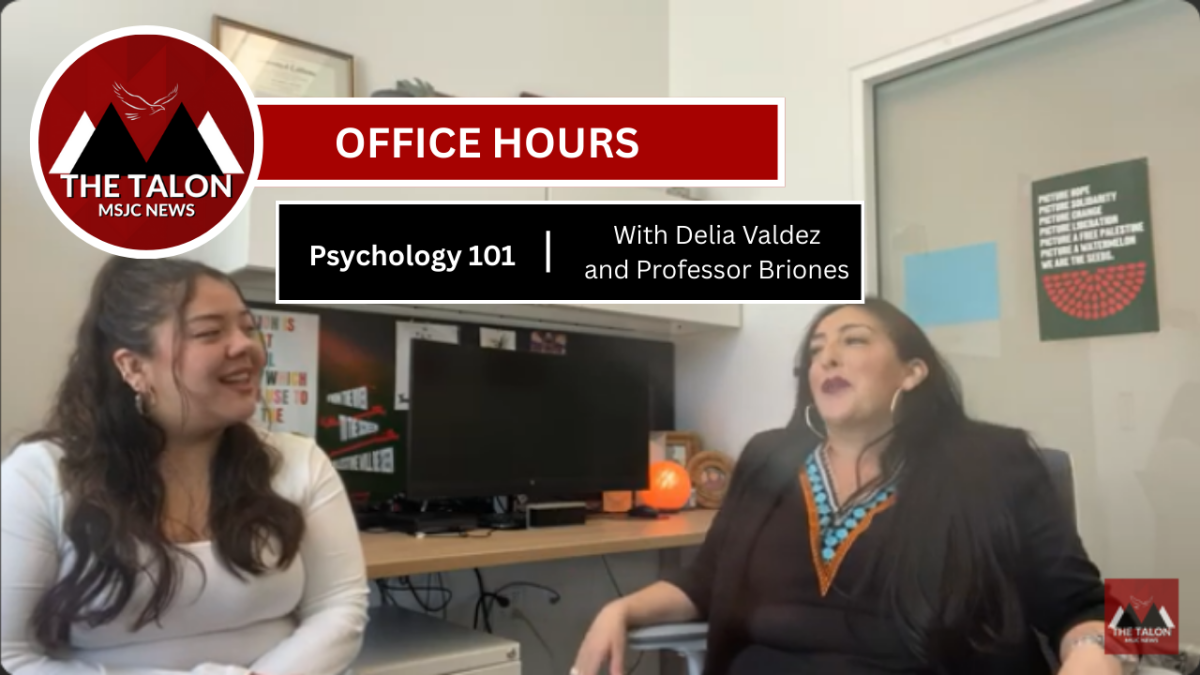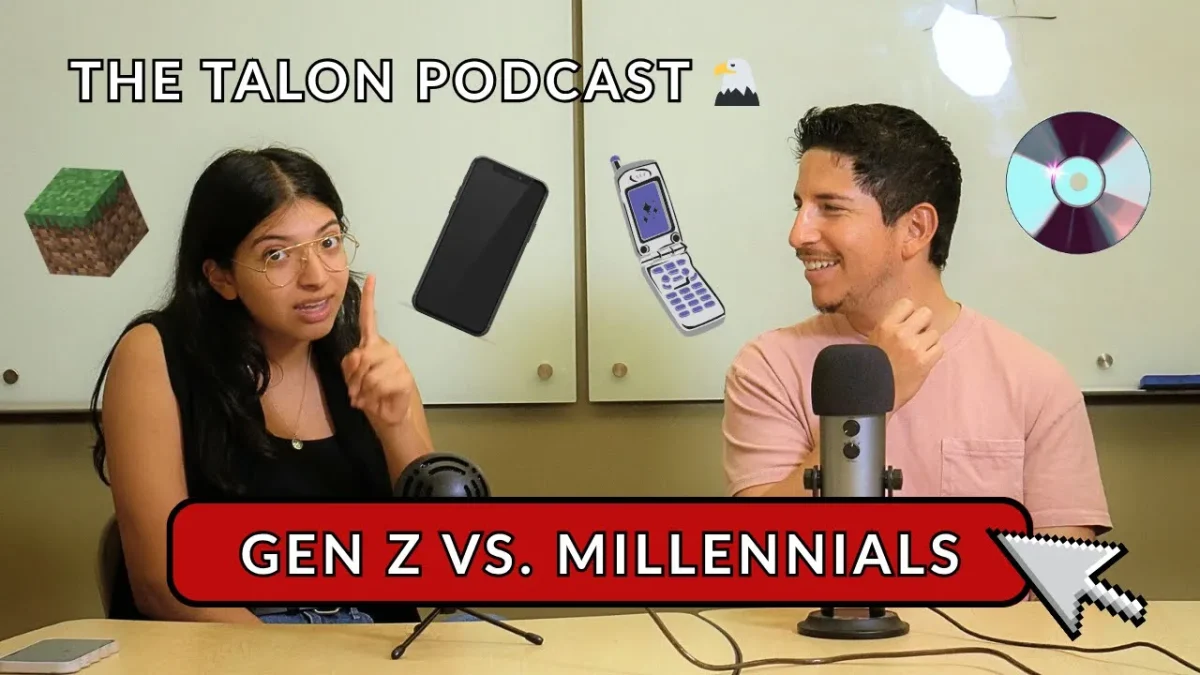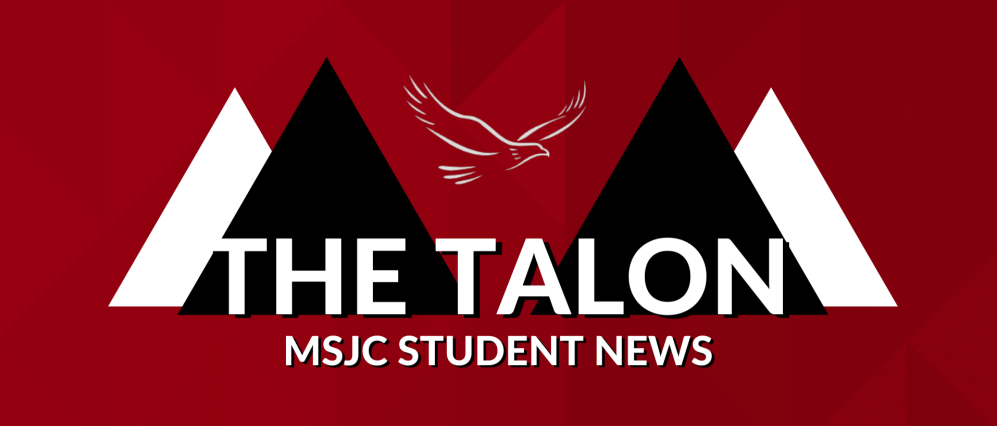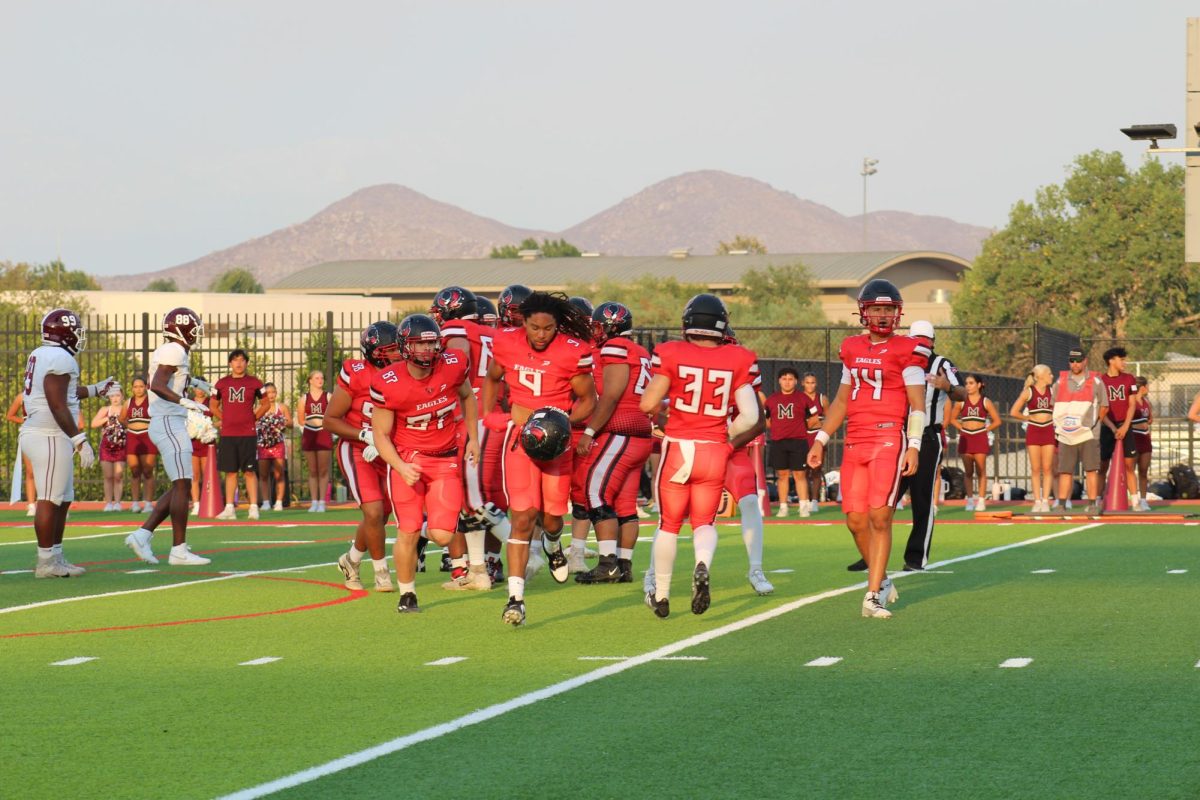On Thursday, Sept.14, the United Auto Workers (UAW) President, Shawn Fain, announced a historic strike at targeted facilities of the Big Three automakers—Ford, General Motors, and Stellantis—with nearly 13,000 workers on his side.
The strike was initially conducted in three locations: the General Motors plant of Local 2250 in Wentzville, Missouri; the Stellantis complex of Local 12 in Toledo, Ohio; and the Ford assembly plant of Local 900 in Wayne, Michigan.
The newly dubbed “Stand Up Strike” was initiated Friday, Sept. 15 by the UAW after failure to reach an agreement before the expiration of their national contract for approximately 145,000 workers.
According to the UAW website, “The Stand Up Strike is a new approach to striking. Instead of striking all plants all at once, select locals will be called on to ‘Stand Up’ and walk out on strike. As time goes on, more locals may… join the strike.” It is an escalation tactic to keep the companies uncertain of where workers might strike next. This strategy has never been tried before in the union’s history.
The Stand-Up strike is a callback to the historic 1936-37 Flint, Michigan Sit-Down Strike, where workers sat down in particular General Motors plants, prompted by hundreds of auto deaths, a heatwave, and poor working conditions. The strike was hugely successful and resulted in the first major victory for unionization in America’s history, with hundreds of thousands of new UAW members, dramatic wage increases, and replicating strikes across industries. It is broadly recognized as a defining moment for the labor movement of the 20th century afterward.
Some of the Members’ Demands to the Big Three automakers include the elimination of wage tiers, restoration of Cost of Living Adjustments (COLA), and a defined benefit pension. Some benefits, like pension plans and retiree health care, were conceded by the UAW to the companies amid their bankruptcies in 2009. These benefits, the UAW wishes to reinstate.
While Ford CEO Jim Farley says the company cannot be sustainable with the UAW’s demands, he made $21 million in total compensation last year. Similarly, each CEO of the Big Three boasted millions of dollars in compensation packages and significant pay raises. Stellantis CEO Carlos Tavares made around $21.4 million last year.
 The companies have also boasted billions in profits and net income. “The Big Three have made a quarter-trillion dollars over the last 10 years,” said Fain. “They made $21 billion in profits in the first half of this year alone. We will not stand by as corporate executives and the rich continue to make extraordinary profits while the rest of us continue to get left further and further behind.”
The companies have also boasted billions in profits and net income. “The Big Three have made a quarter-trillion dollars over the last 10 years,” said Fain. “They made $21 billion in profits in the first half of this year alone. We will not stand by as corporate executives and the rich continue to make extraordinary profits while the rest of us continue to get left further and further behind.”
The strike has garnered national attention, with many notable figures expressing their support for the workers. “Auto companies have seen record profits,” President Joe Biden stated in an address, “those record profits have not been shared fairly…with the workers.” Green Party presidential candidate and socialist, Cornel West, proclaimed his support for the autoworkers in an X (formerly Twitter) video, “Deep solidarity with my brothers and sisters…who have the courage and the vision to go on strike, to fight for dignity, to fight for wages, to fight for control over the conditions of the workplace.

